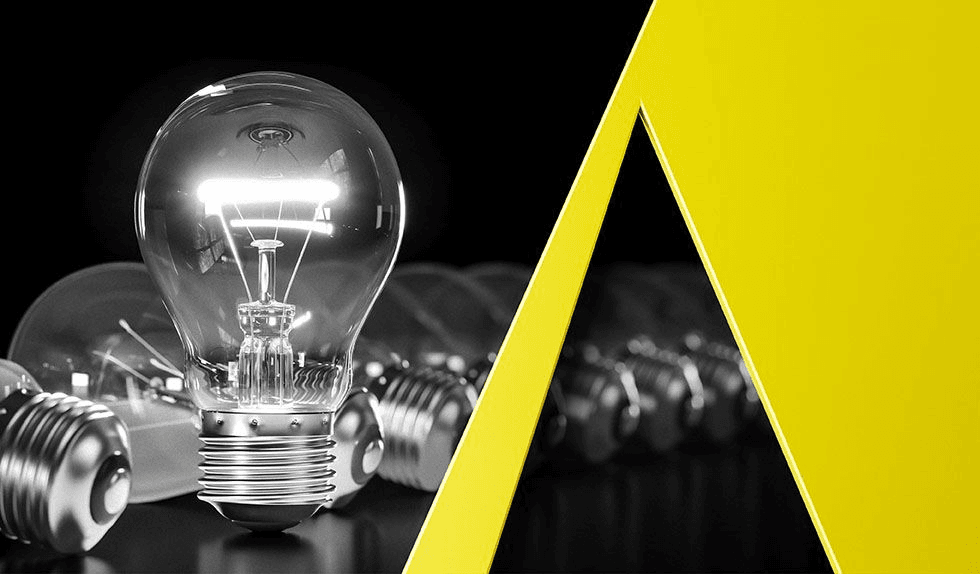In its IPR petition, the petitioner challenged the patentability of all original claims of U.S. Patent No. 8,161,740 (the “’740 Patent”) as obvious in view of three combinations of prior art references. When assessing the patentability of the original claims, the Board found that each element of the challenged claims was disclosed in the prior art of record and that there was motivation to combine the prior art. To rebut obviousness, patent owner argued that unexpected results establish that the claimed inventions were not obvious. However, patent owner demonstrated that only one, not all, embodiments falling within the claim scope will experience the unexpected results. The Board concluded that patent owner was not entitled to the presumption of nexus because the unexpected results were not commensurate in scope with the claims. Therefore, after affording the evidence of unexpected results very little weight, the Board concluded that petitioner demonstrated by a preponderance of the evidence that the challenged claims of the patent were unpatentable based on two combinations of the prior art of record.
Next, the Board considered patent owner’s contingent motion to amend, which sought to substitute new claims 14-25 in place of original claims 1, 2 and 4-13. To demonstrate patentability of the substitute claims, patent owner had the burden of proving that each substitute claim is patentably distinct over the prior art of record in the proceeding. However, before turning to the merits of patentability, the Board rejected petitioner’s assertion that three technical issues defeated patent owner’s motion to amend. Specifically, the Board found that (1) although patent owner did not specify the contingency of the motion on a claim-by-claim basis, its statement of contingency was sufficiently clear; (2) patent owner’s failure to follow best practice by providing construction for each added claim term that may be disputed was not fatal; and (3) patent owner made it clear that it intends to rely on secondary considerations to demonstrate nonobviousness, and it did not contend that the limitations of the substitute claims are missing in these references. In fact, the parties and the Board do not dispute that each element of the substitute claims is present in the prior art. Instead, patent owner argues that the patentability of the substitute claims is based on unexpected results. Therefore, the patentability analysis of the substitute claims focused on patent owner’s evidence of unexpected results.
Before turning to secondary considerations, the Board acknowledged that the same motivation to combine the references applies to the substitute claims, but that the totality of the evidence indicates that petitioner’s basis for the motivation to combine is not strong. Next, the Board concluded that nexus existed for two substitute claims—Claims 19 and 25—because patent owner demonstrated that the structure that yields the purported unexpected results is reasonably commensurate with the structure recited in two substitute claims. After examining each substitute claim, the record supported that only the claimed structure performed optimally at the conditions required by Claims 19 and 25. Finally, the Board determined that the inventions of Claims 19 and 25 achieve unexpected results. Probative evidence of unexpected results “must establish that there is a difference between the results obtained and those of the closest prior art, and the difference would not have been expected by one of ordinary skill in the art at the time of the invention.” Id. at 62 (quoting Bristol-Myers Squibb Co. v. Teva Pharm. USA, Inc., 752 F.3d 967, 977 (Fed. Cir. 2014)). Furthermore, the Board must “evaluate the significance and ‘kind’ of expected results along with the unexpected results.” Id. The Board concluded that the results of these claimed inventions show the “kind,” and not just the “degree” of unexpected results that a person of skill in the art would not have known or expected at the time of invention. Therefore, the Board determined that Claims 19 and 25 are patentable over the prior art of record, but Claims 14-18 and 20-24 are not patentable over the prior art.
Valeo North America, Inc. v. Schaeffler Tech. AG & CO. KG, IPR2016-00502, Paper 37 (PTAB June 20, 2017).


